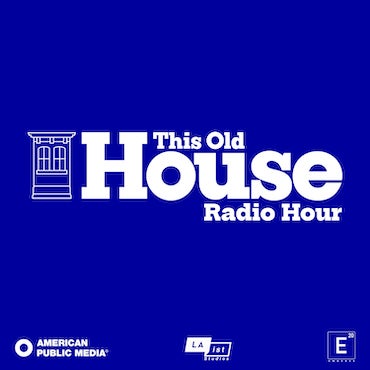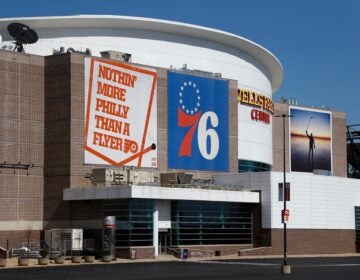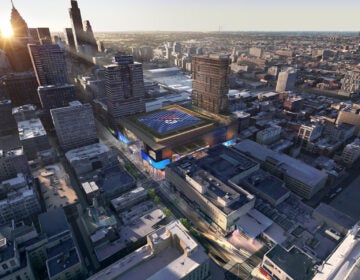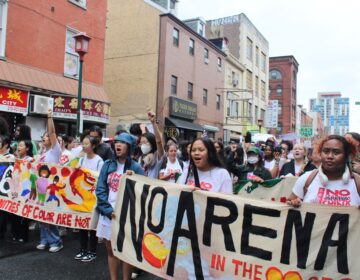Anti-Asian racism has been perpetuated in Philadelphia’s urban space. It’s time for that to change.
Philadelphia’s Chinatown falls short of providing a high-quality community space. Other AAPI residents across the city also lack public space.
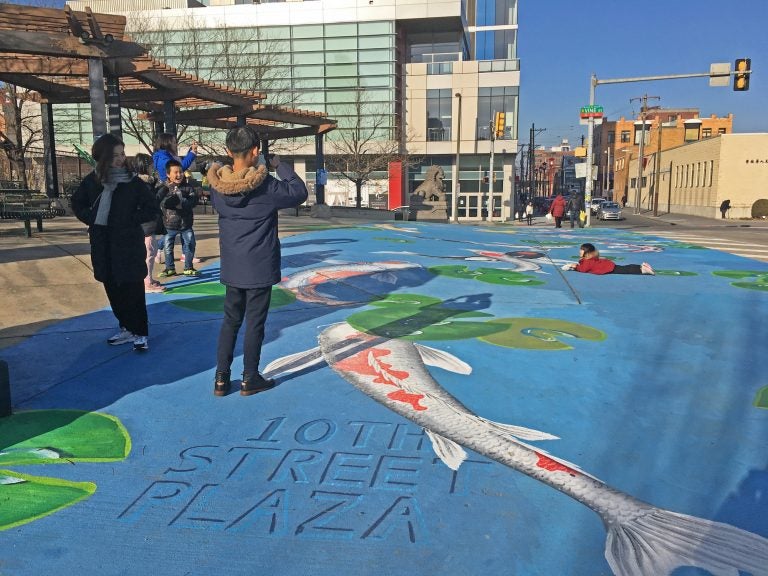
10th Street Plaza is the only public place in Chinatown where people can convene outdoors and feel connected to Asian culture. (Photo by Yue Wu)
The day following the Atlanta-area shootings in March, Philadelphia’s Asian community leaders organized a candlelight vigil in Chinatown to mourn the tragic loss of lives. The event took place at 10th Street Plaza — a small open space located on a pedestrian bridge over the Vine Street Expressway.
More than a hundred people from all over the city packed the tiny plaza with practically no space to maintain physical distance. Throughout the event, community members were surrounded by noise, car exhaust, and fast traffic from three sides of the space and the expressway underneath. Clearly, the 10th Street Plaza was not an ideal space for a social gathering — yet it is the only public place in Chinatown where people could convene outdoors and feel connected to Asian culture.
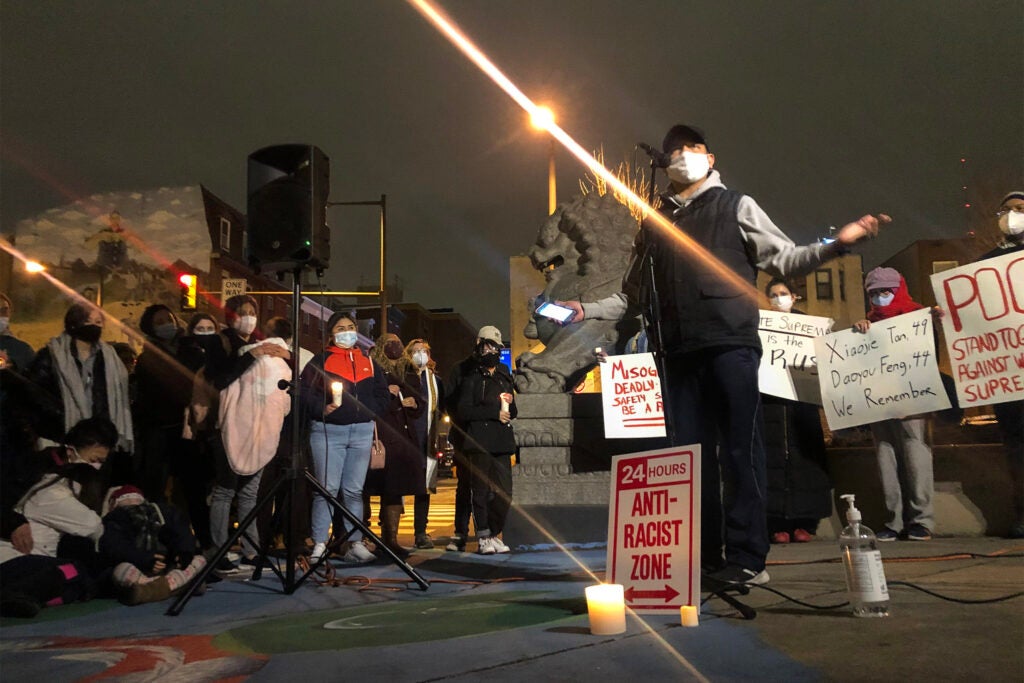
The 10th Street Plaza was born out of the Chinatown community’s advocacy against PennDOT’s proposal of the Vine Street Expressway in the 1960s. Community activists requested a widened bridge as one of the remediation measures for better pedestrian crossing along 10th Street, which was Chinatown’s main commercial corridor. Over decades, the community transformed this concrete island in the middle of the river of traffic into a community space. The Chinese-style pergola, stone Foo Dogs, the statue of General Lin, and the koi fish mural established a unique cultural identity for the 10th Street Plaza that no other park in Philadelphia provides. Being a symbol of community activism and resilience, it naturally became a place of unity during the grieving and organizing against anti-Asian hate last month.
As a Chinatown neighborhood planner who helped to improve the Plaza, I am proud of how much we have accomplished. However, I feel sad knowing that we can do more, but only have the 0.15-acre plaza to invest in.
Compared to Chinatowns in other big cities, Philadelphia’s Chinatown falls short of providing a high-quality community space for its residents. When I watched youth playing basketball at the sports field in Manhattan’s Chinatown and seniors dancing at the spacious plaza in San Francisco’s Chinatown, I wished to see such public spaces in Philadelphia.
Public space is not only a nice urban amenity that promotes quality of life, but also a statement about who lives here, who belongs, and who makes that decision.
While there are two parks within walking distance from Chinatown, neither of them has been able to nurture rich and vibrant social activities for the Chinatown community as observed in other cities. Franklin Square had been the only public space accessible to Chinatown before the Rail Park opened. Happily, its playground and open space are frequently used by Chinatown families and seniors.
The Rail Park is another option for the community, but as a newer space (established in 2018) with less family-friendly amenities, the Rail Park is not as popular among Chinatown residents. It still provides a valued outdoor space for the neighborhood. However, both parks face challenges around physical accessibility as both spaces are surrounded by wide streets and unsafe intersections.
Although Franklin Square and the Rail Park engaged the Chinatown community as a key partner in programming, neither of the parks are considered by the mainstream Chinatown’s community space or representations of Chinatown, which is used to justify excluding the community from the decision-making process.
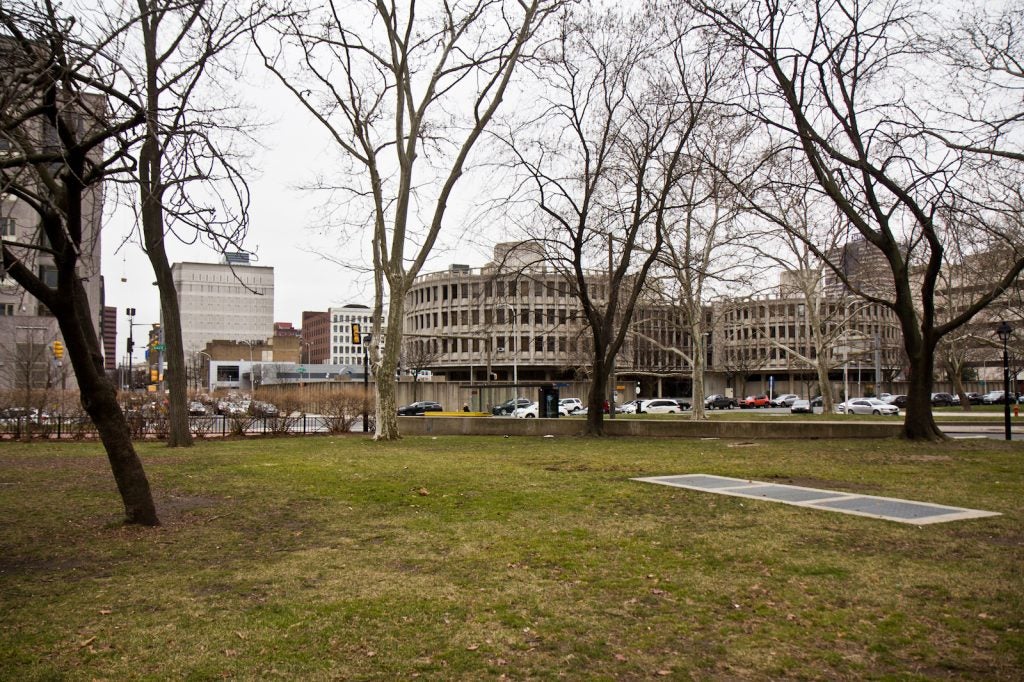
Invisible from the public realm
As a result of the lack of representation in public space and the process of creating public space, residents in Chinatown are largely invisible from the public realm.
Even though Chinatown is a popular tourist destination, most visitors only interact with the street-level businesses and are hardly aware that the neighborhood is the home to more than 4,000 residents. Without a decent-sized community open space in the neighborhood, the majority of the social activities occur indoors in places with restricted access, such as churches, schools, and senior centers. This invisibility causes the public to underestimate the presence of Chinatown’s residential community and hinders understanding of their way of life. The absence of community interactions with the public has disguised the fact that the neighborhood has similar needs to other residential neighborhoods in Philadelphia.
Furthermore, Chinatown’s image as an ethnic business district contributes to the impression of the neighborhood as exotic and unfamiliar, which reinforced the “perpetual foreigner” stereotype. The increasing verbal and physical attacks against Asian Americans during the COVID-19 pandemic is the most recent manifestation of this xenophobic belief.
Asian communities are associated with a foreign virus regardless of their cultural background and history in the US. If Chinatown had a safe and inclusive community space filled with families, youth, and seniors, a space that emphasizes the community’s multigenerational history in the city, it would in itself be a powerful response to “go back to where you came from.” Instead of hiding away for temporary safety, we request a public space that makes our community more visible.
Ironically, one of the few opportunities to create such community space in Chinatown rests with the Vine Street Expressway. It has been made loud and clear — in Chinatown’s 2003 Vine Street Action Plan, 2004 Neighborhood Plan, 2017 Neighborhood Plan, the U.S. DOT “Every Place Counts” report, and DVRPC’s Reviving Vine Study — that the community’s infrastructure priority is capping the Expressway to create a public space that connects Chinatown. Nonetheless, while the Penn’s Landing overcap park moves into the construction phase, the Chinatown community still awaits public funding to start the design process to cap the Expressway after almost twenty years. With a fraction of the new Penn’s Landing park’s budget, the expressway can be partially covered to reduce the noise and pollution that has been affecting the health of Chinatown residents for years, and provide an opportunity for the community to finally have a public space of their own.
As the U.S. Secretary of Transportation, Pete Buttigieg responded to the image of the crowded vigil at the 10th Street Plaza, ““[w]hen the Vine Street Expressway was first built, it tore through Philly’s Chinatown neighborhood. Our work to protect the AAPI community must include infrastructure that keeps communities safe — and whole.”
Chinatown gets the spotlight as it is looked upon as the region’s Asian cultural hub — but we must also lift up Vietnamese, Cambodian, Malaysian, Filipino, Laotian, Korean, and other AAPI communities that suffer from invisibility in urban space as well as public discussions. The troubled histories haunting all AAPI communities converged at the vigil when Asian community leaders spoke about white supremacy and anti-Asian violence at a plaza that was the legacy of the country’s systematic violence against communities of color. At that moment, we were mourning not only for the victims of recent crimes but also for all the irreversible damage done to our communities.
To create a different future, we need a space to be seen, to feel belonging, and to heal.
Yue Wu is the neighborhood planning and project manager at Philadelphia Chinatown Development Corporation, where she spearheads the organization’s neighborhood development and improvement strategies in Chinatown. In partnership with the Asian Arts Initiative and the Friends of the Rail Park, she launched the “Parks for Chinatown” initiative in 2019 to connect Chinatown residents with public space through cultural programming.

Subscribe to PlanPhilly
WHYY is your source for fact-based, in-depth journalism and information. As a nonprofit organization, we rely on financial support from readers like you. Please give today.

